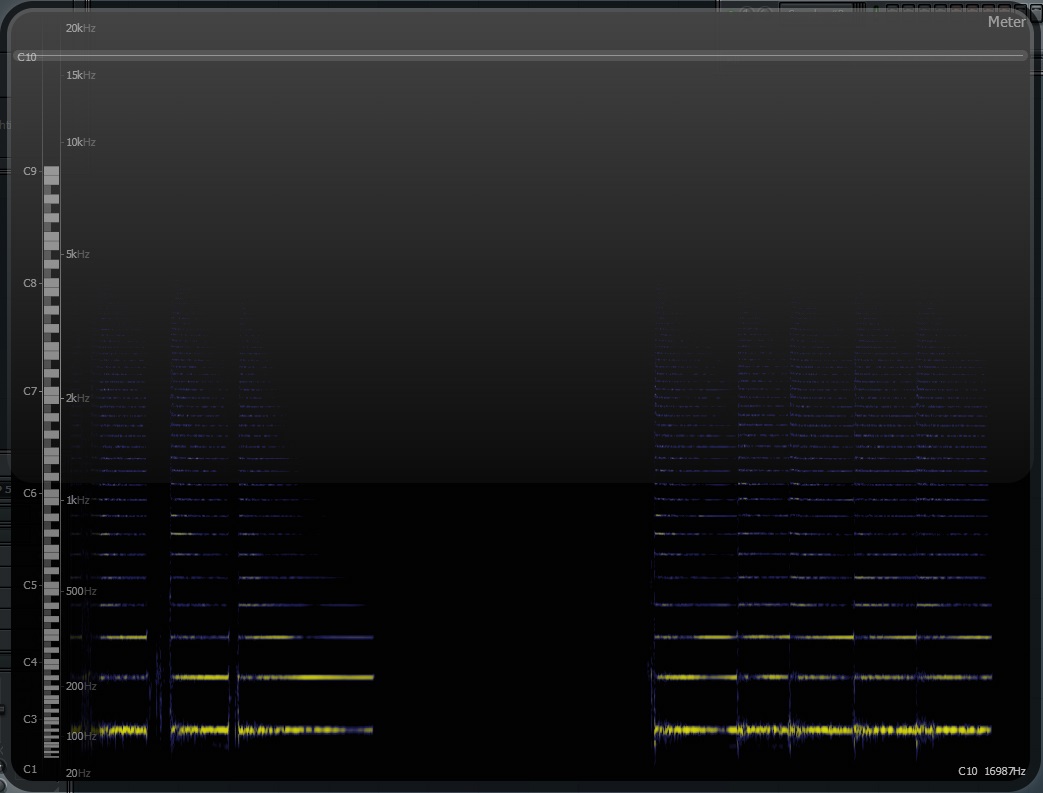You might be actually playing A 110, two octaves below A 440.
The open A string on a standard tuned guitar is actually two octaves below the A that is normally tuned to 440. To play the A that should be at 440 Hz, you have to play the 5th fret on the high E string, or the 10th on the B string, or the 14th on the G string, etc.
Why? The 440 A is the A above middle C, and the guitar is actually a transposing instrument, with notes sounding an octave lower than written. So if you see sheet music with note on the A above middle C (the second space from the bottom in the treble clef), then you should play the second fret of the G string, or the seventh fret of the D string, etc.
Notation wise that would be the 440 A, but you're only playing the 220 A because the actual frequencies the guitar puts out are an octave lower than written. That's a bit weird and technical but if you are playing the open A string, the fundamental frequency should be 110 Hz.

